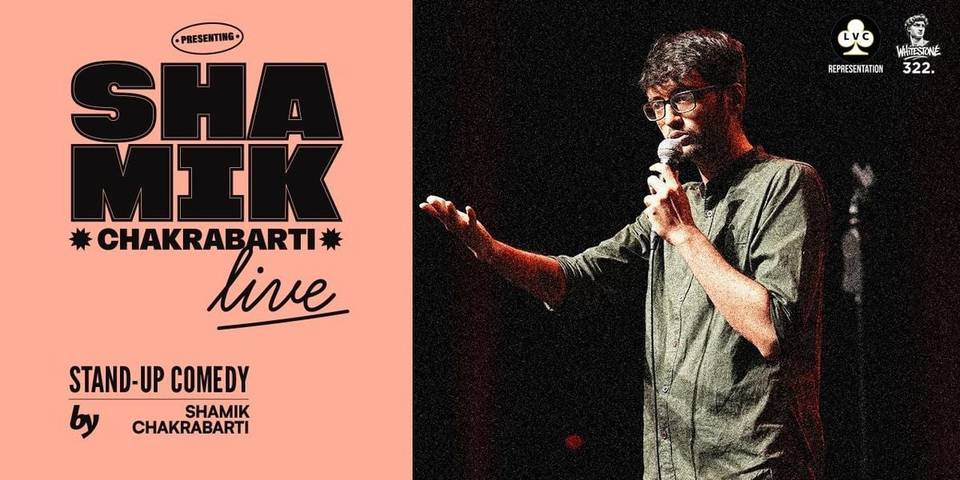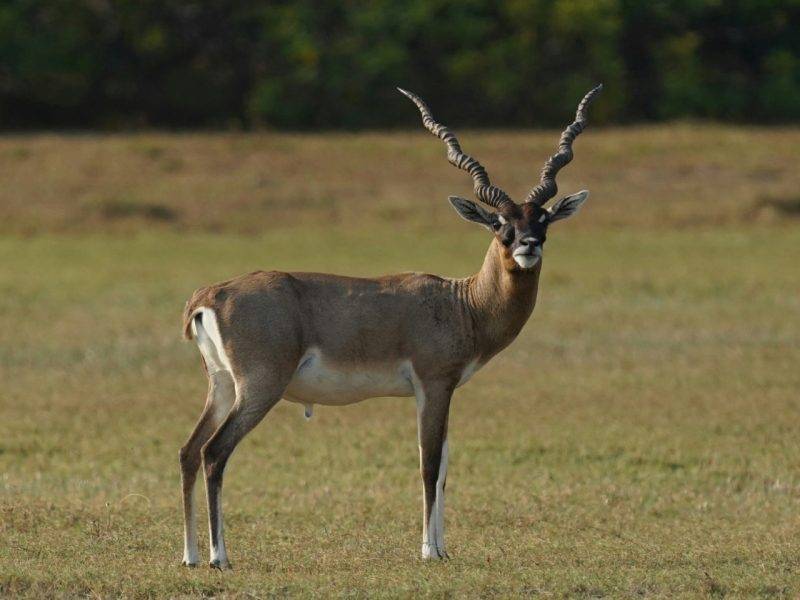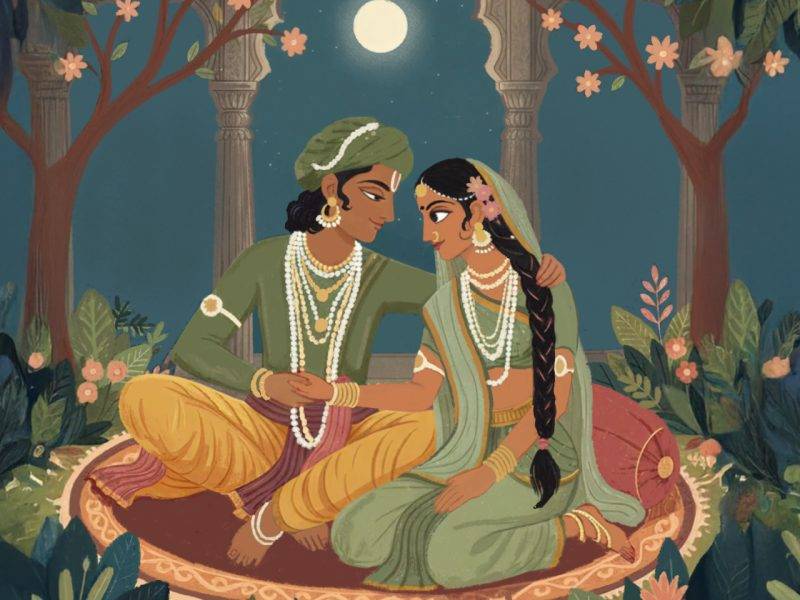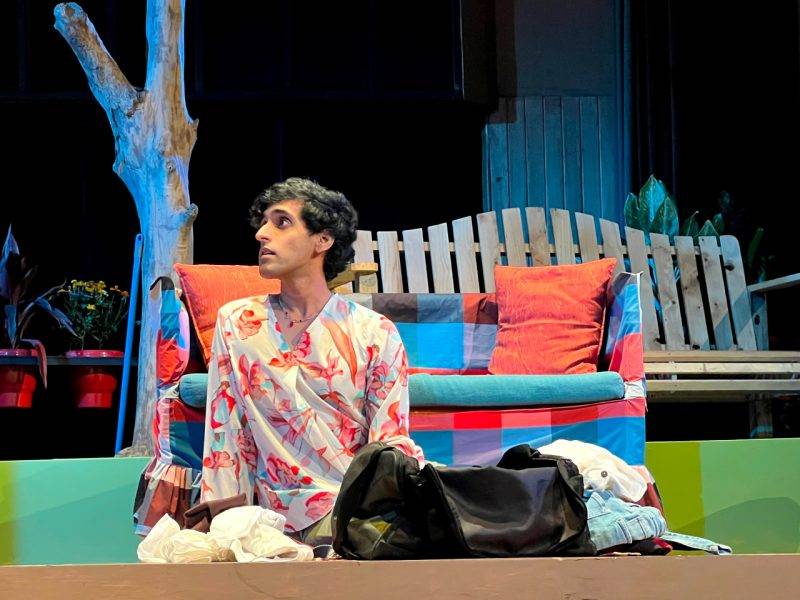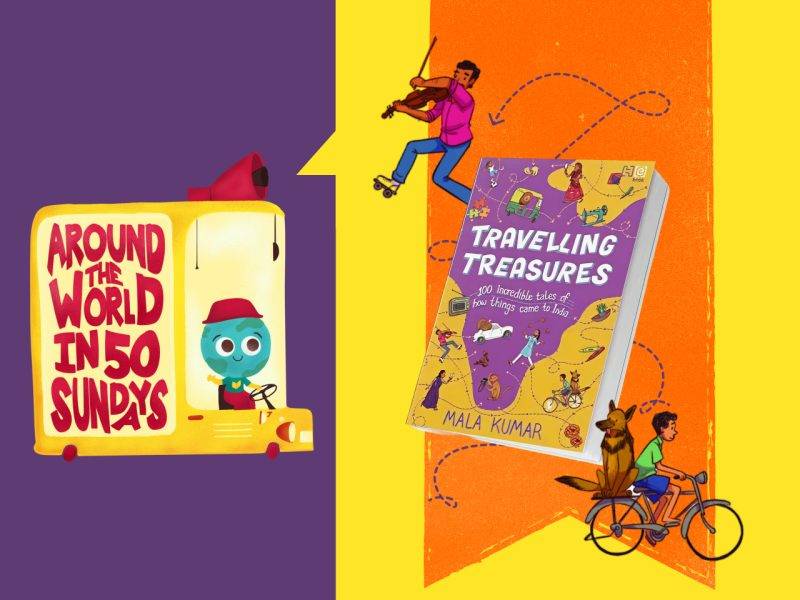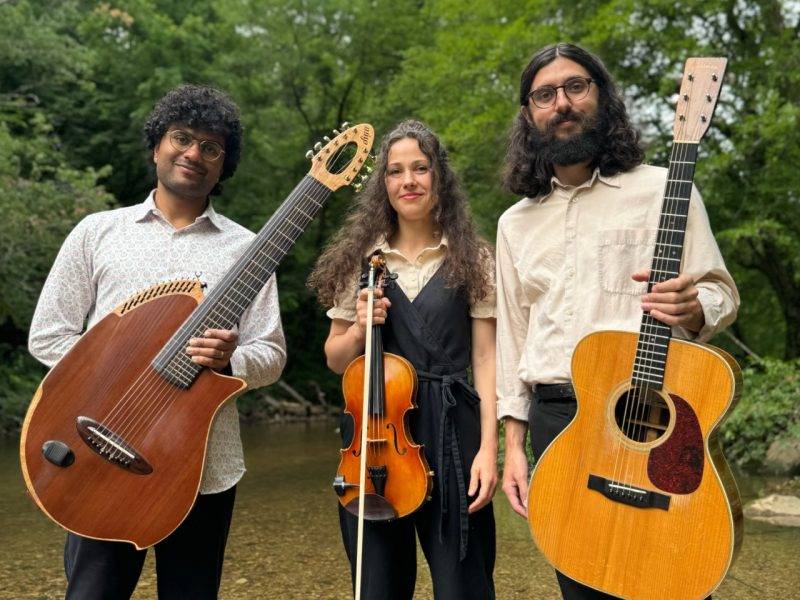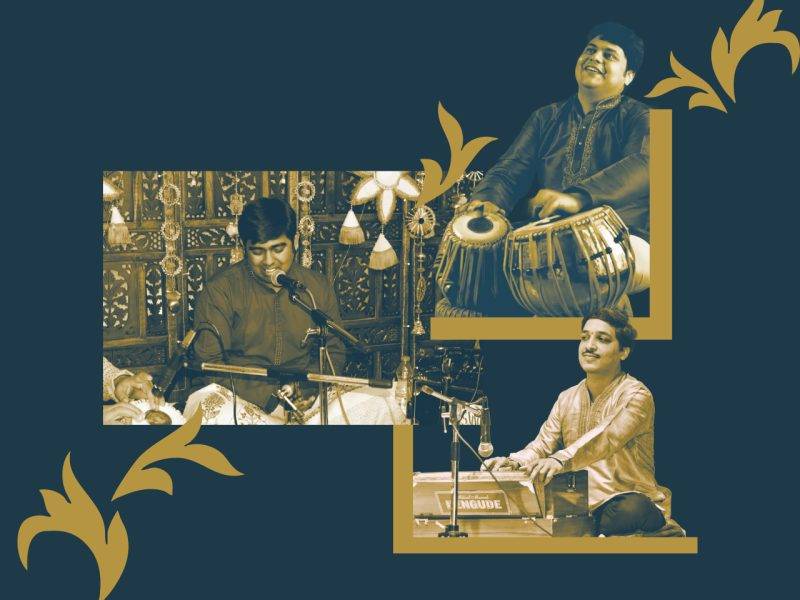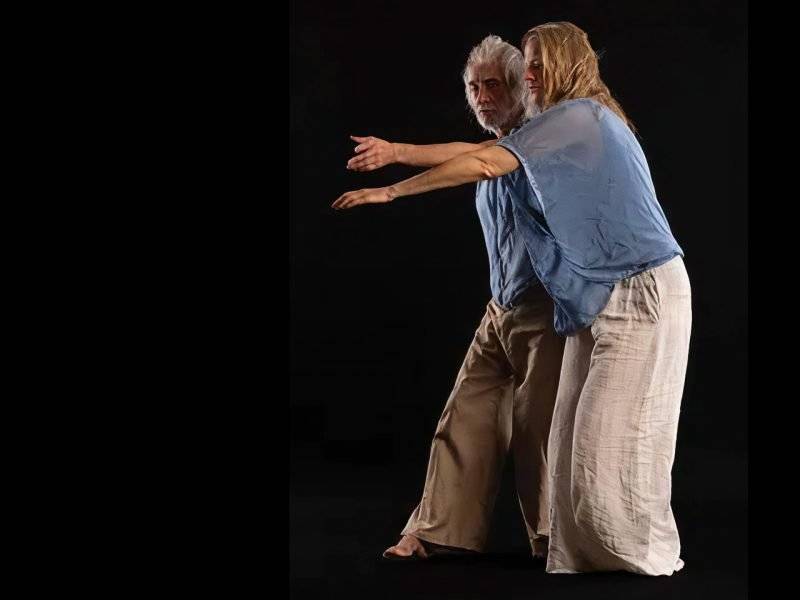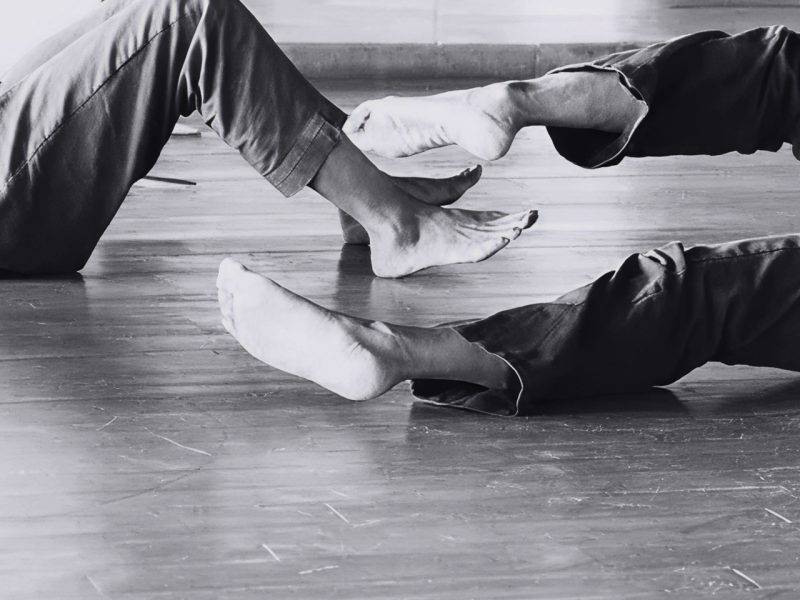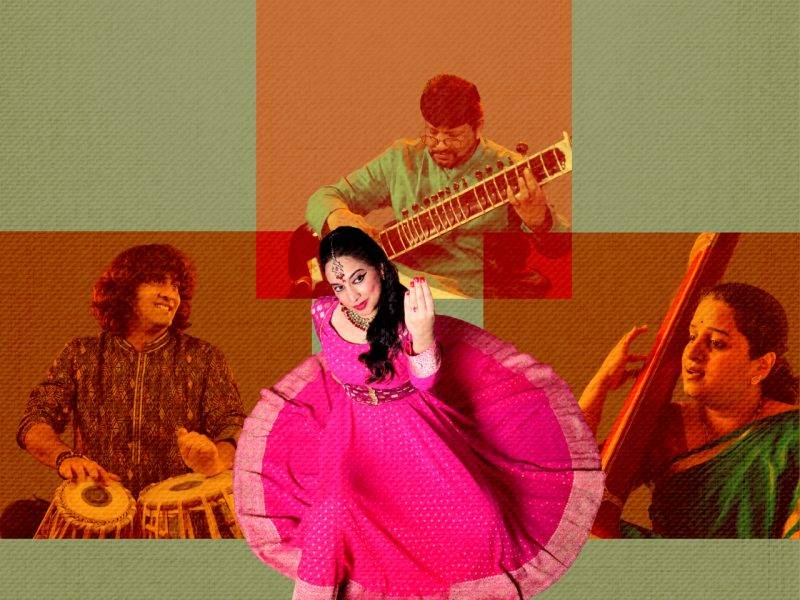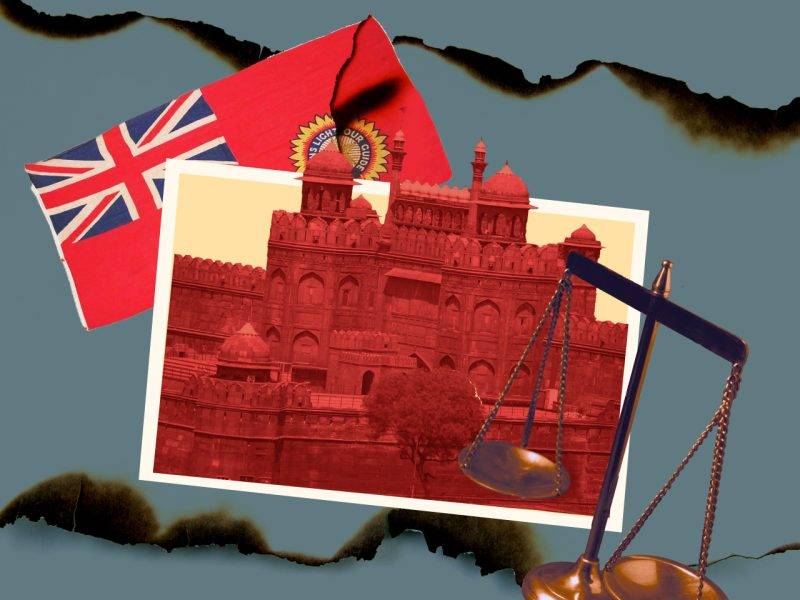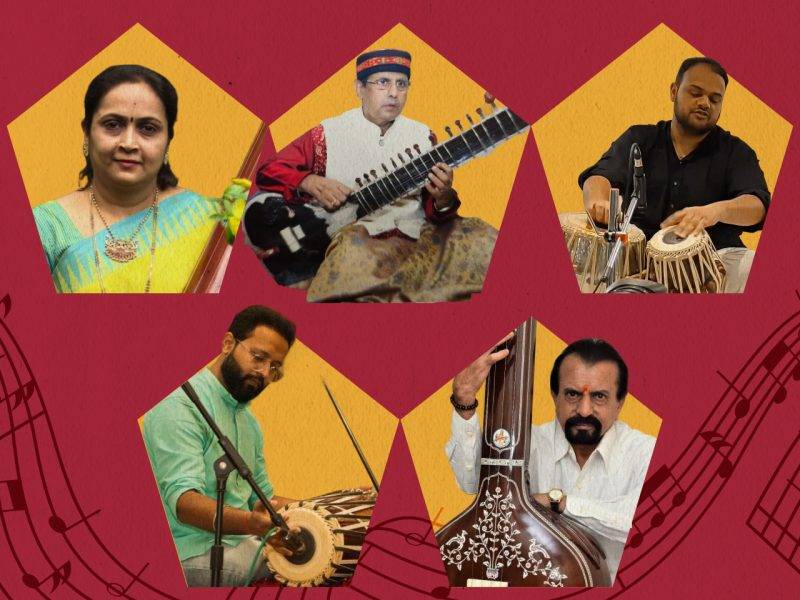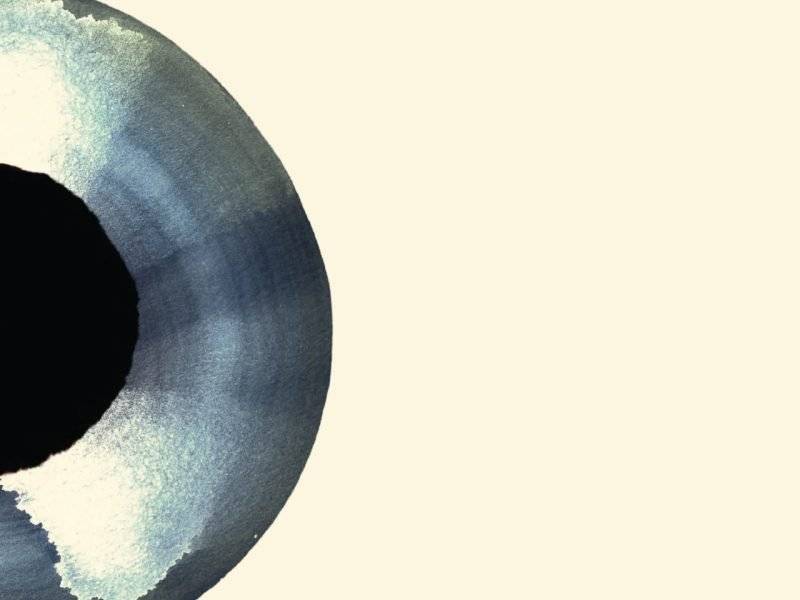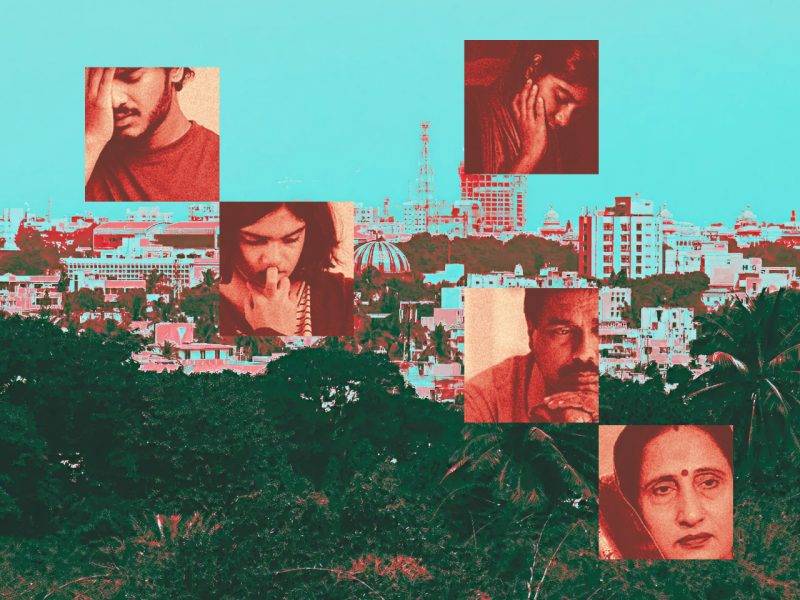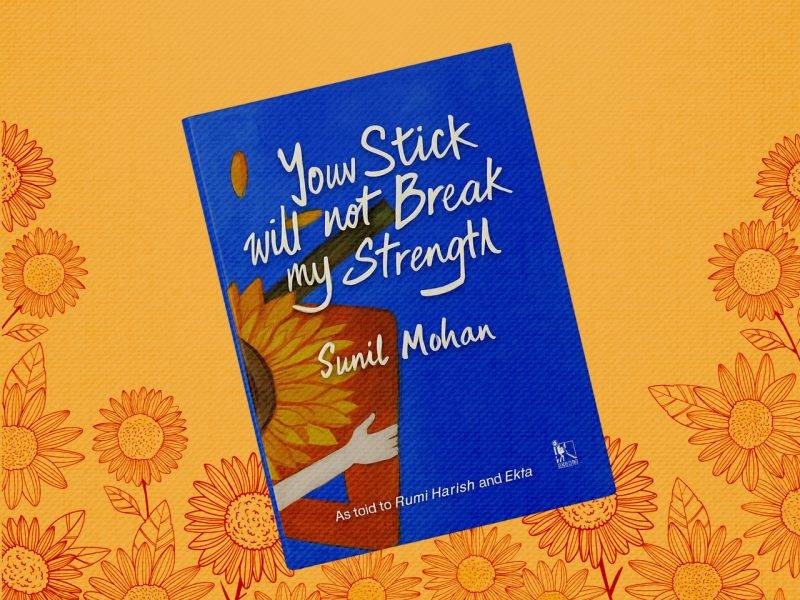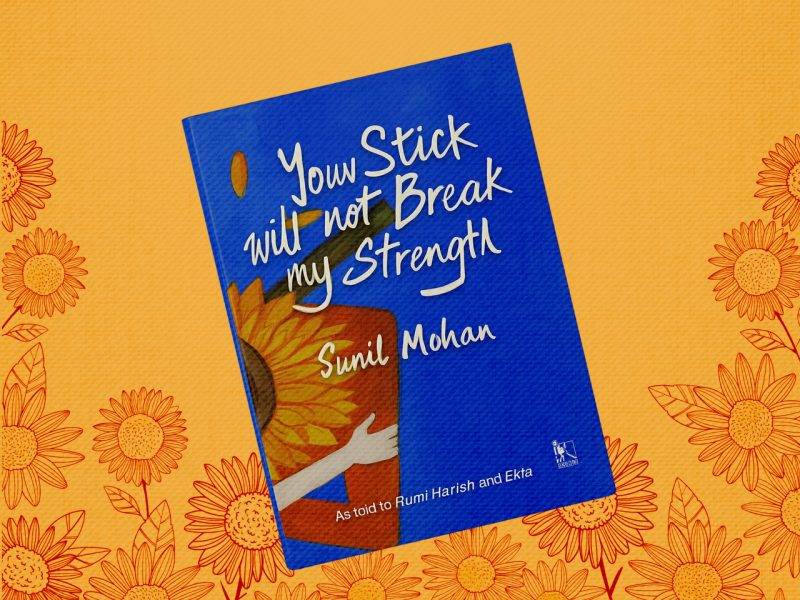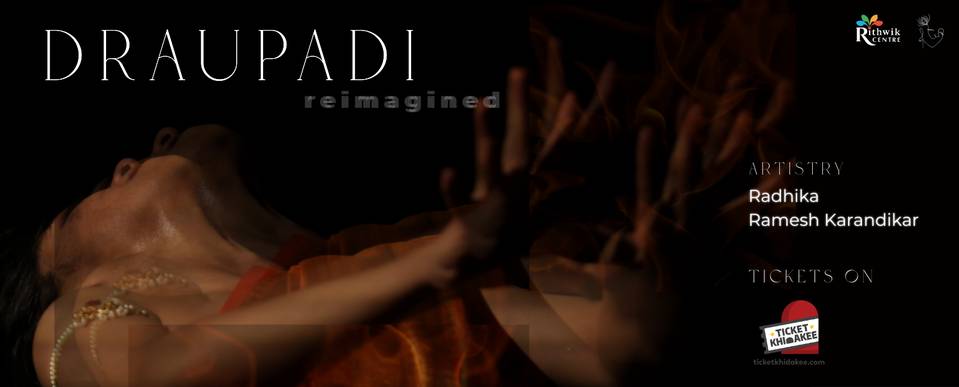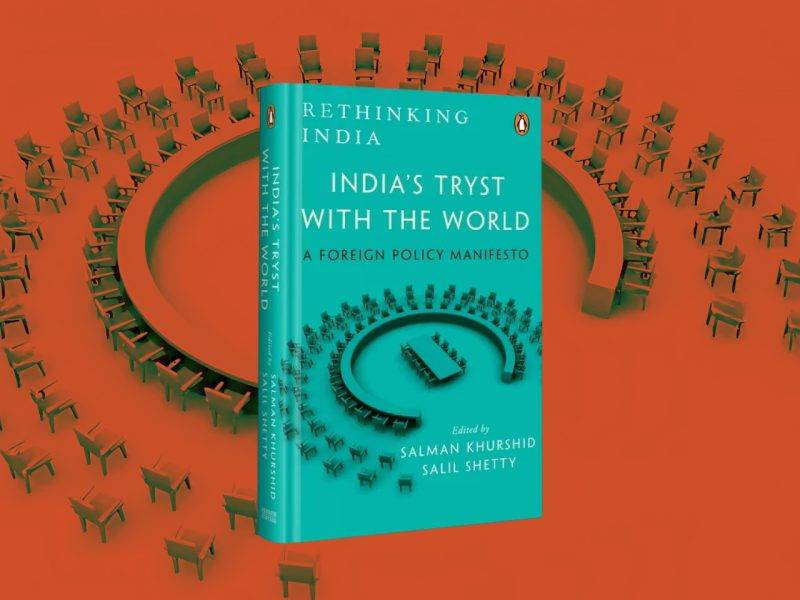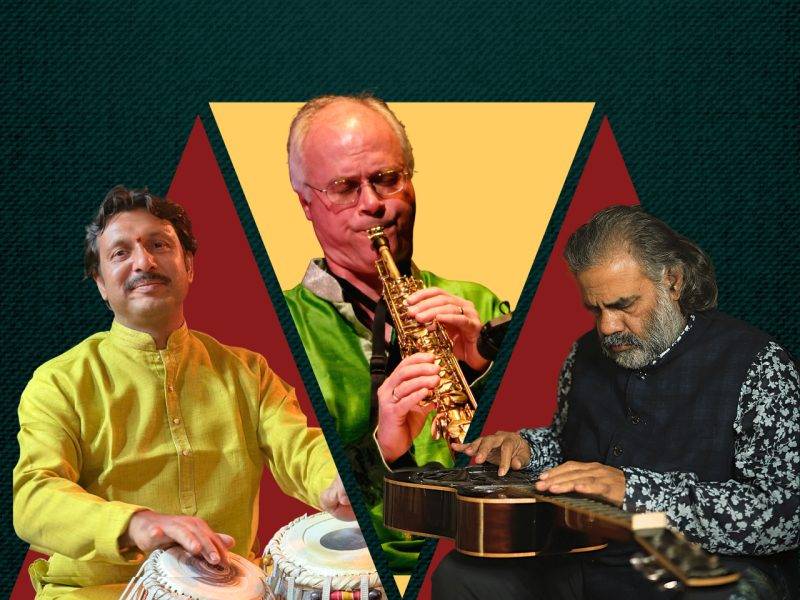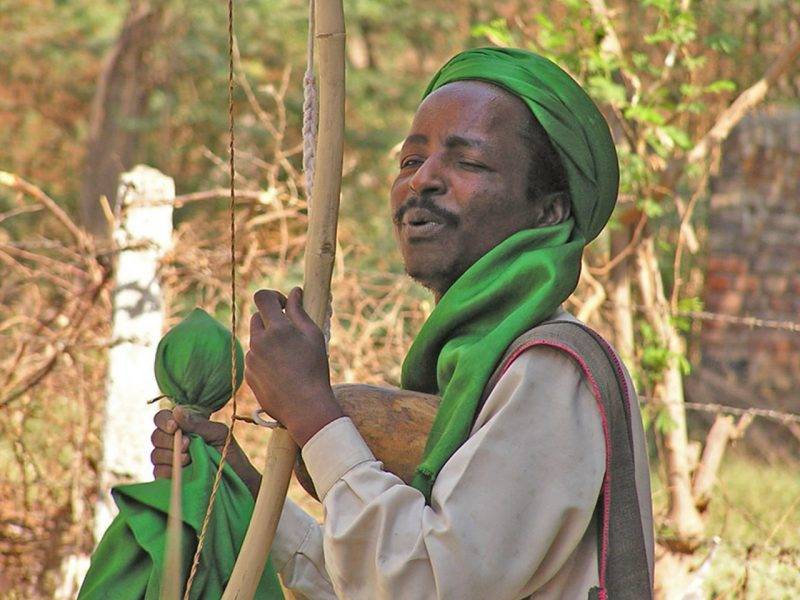In Search of the Community Collective Showcase from Constructing Personal Archives 2024 Open to all
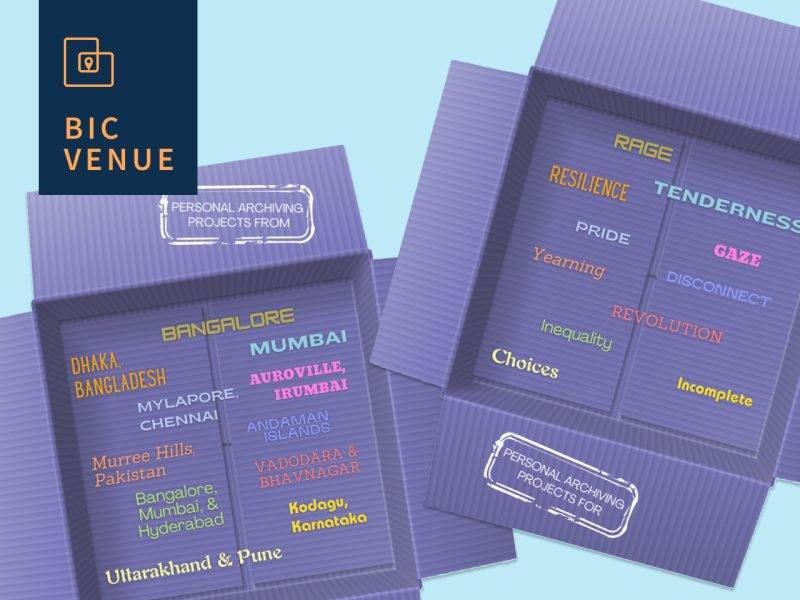
Details
Apr 11 2025 to Apr 13 2025 11 a.m.
EVENT HAS ENDED
Where
Bangalore International Centre
7 4th Main Rd, Stage 2, Domlur 560071
Event Description
Exhibition Opening: Friday, 11 April, 5pm
Exhibition Timings: 11am – 7pm
Exhibition on show until: 13 April
Walkthroughs:
Friday, 11 April, 5:30pm
Saturday, 12 April, 4:30pm
Sunday, 13 April, 5pm
A series of pertinent questions about the relevance of micro-archiving practices first led us to the local showcases. Across March and April 2025, eleven archiving projects from Constructing Personal Archives 2024 were co-curated across the Andaman Islands, Bangalore, Chennai, Dhaka (Bangladesh), Irumbai, Muree Hills (Pakistan), and Pune. Some experiences were challenging, some – rewarding, and some showcases are yet to happen. In one or the other form, the archives have been in dialogue with their immediate contexts and communities. The aspiring archivists also connected with a range of potential contributors. But will these connections materialise in stronger networks for archive-building and safeguarding difficult or unpopular histories? Is there more to a micro archive, when it is not curated to tell engaging stories or create exhilarating public experiences? Would the reader still read, and care?
The juxtaposition of these exciting moments and apprehensions has led us to a collective showcase. The attempt is to bring eleven archives, their curatorial intents, and CPA’s evolving pedagogical references into a constructive dialogue. We invite you to experience the micro-histories of identity and positionality, lived experiences of isolation and belonging, and stories of remembrance and resistance. The archival showcase is curated as a preface to three days of critical conversations, starting in the rooms, lingering in the foyer, and continuing within oneself.
Details to sessions associated with the exhibition can be found here. You can register for them here.
Curator & Projects
Curating for Culture
Curator - Ishita Shah, Bengaluru
Curating for Culture is an open collective driven towards enabling a wide range of cultural preservation processes. Issues of fair representation and marginalization of microhistories drive us; whether it is the missing representation of minority groups in the national narrative or the lack of documentation of everyday histories over popular and iconic propaganda. Community engagement and creative collaborations rooted in ethical practices of care and critical interpretation are pivotal to our efforts.
The primary themes under which Curating for Culture strives to further its work, but not limited to, are South Asia/India in the archives, beyond the institutional narratives, empowering the local and a day in the life of an archivist or a curator. The fifth theme in-making is to look critically at the socio-politics of underrepresented narratives in popular histories.
They are passionate about furthering the culture of archiving and creating safe spaces for dialogues to discuss dissent
Karkis of Kumaon
Kritika Karki, Pune
This is an attempt to start preserving the microhistory of my family – the Karki Family which belongs to the Kumaon region of Uttarakhand. The family archives take us through pre-independence Nainital, the glorious Almora, and finally the foothills of North India and beyond. The journey takes us across the changing country, destination and generations, through the lens of one family.
Spanning a 100 year timeline (1924-2024) the spine of this archive belongs to my grandfather. His life serves as a timeline to structure the stories. Like a small and dancing brook of the mountains – these stories trickle down to his children, their children and now great – grandchildren who are still hungry for these tales. Witness the stories passed on, the rituals carried forward and the essence of a family captured in through this archive.
Dear Diary - An Archive of Girlhood
Medha Nidhi S, Bengaluru
This project is an archive of a series of 17 diaries written over a period of 10 years – from the age of 14 to 24. These diaries document the mundanities and complexities of girlhood and its quiet stumbling towards womanhood. They contain the desires, fantasies and frustrations of a teenage girl with a visceral need to express everything she felt. The personal diary became her medium.
Years ago, during a sleepover with a close friend, I performed a dramatic reading of my very first diary. We shared memories of secret crushes, of dramatic friendships and fights, of racy fanfiction. As adolescents, our entire inner lives were secret. While boys seemed to come of age in plain sight – riding triples on their unlicensed bikes, smoking their first cigarette in back alleys – we came of age in secret. The diary was our witness.
While the diary-writing happened from an innate need to express and process experiences, the reading came from a need to be seen. This archive is born out of that need. These stories seek to emerge out of secrecy and finally be witnessed.
When We Keep Walking: sensing scar tissue
Paarvathi Om, Auroville/ Irumbai
The body is the primary archive.
And a compass for one’s direction.
Injuries turn into enquires, woundings into windows.
It’s lived and inter-generational stories, patterns of movement and stuckness, its connection to the land, and its dialogue with the power structures, reveals potentials for individual and possibly, collective transformation.
I have been exploring this through somatic movement research. Using embodied movement-based practice and drawing out the sensations-based insights to also inform painting, writing, travel, dance etc and gather reflections. An acknowledgment of disconnection from the land and water around, understanding my relationship with power structures within and without, discovery of parental journeys, and gazing at the lies one tells ones self a little deeper, were inevitable consequences. Eventually creating space for a performative body that is constantly expanding its capacity to reflect the collective/macro body.
This has been a seemingly solitary research for the past few years.
With the Archiving Health Histories project presented in Bangalore last year, perspectives of performativity relaxed and nuanced the value of embodied enquiry across disciplines. The simplicity in collaborations with others who shared preoccupations around memory, as if hydrated all forms of arid self doubt on the value of this work.
A resonance is unmistakably felt, as the collective feels into textures of what seems the past, and experiences in the present, insight and connections as anything between excruciating to comforting and inspiring. Out of that gazing, appears an emergent knowing of what let go of and what to keep, and maybe where to go.
In this sharing, the observable microcosm of the body/bodies, makes a proposal with process overlaps of personal history weaving, family archiving, somatic practice based documentation and theatre. And looks for reflections in the land and community it is located in at the moment.
Many friends, fellow-artists, and family walk along in this process, to slow down and draw out the threads of what composes an impulse, a response. And what could be a truly fresh response outside of the preset patterns dictated by the past.
It’s a long road.
Maybe we will find a few more clues this time, for clarity…as a body, as people, as collectives.
As we walk home.
Maybe.
For many of us, home is a long walk.
Embracing Fatherhood
Partha Sarathi Sen Gupta, Dhaka, Bangladesh
The “Embracing Fatherhood” archive is a dynamic and comprehensive collection that captures the stories of male infertility, fatherhood, and societal expectations. It combines personal and collective experiences with visual and cultural elements to document the struggles, triumphs, and redefinition of fatherhood beyond biology. This project focuses on my journey as an indie filmmaker living with azoospermia (the absence of sperm in semen), a condition of male infertility. It explores the emotional and psychological challenges of infertility and how it reshapes identity and redefines fatherhood, highlighting my unique bond with my wife’s niece, Bari.
The archive shares this deeply personal story through various mediums. Personal audiovisual records—conversations, video diaries, and private home footage—offer raw and honest insights into my experiences. My wife, Tandra, a fine art professional, contributes paintings, sculptures, and printmaking, alongside my illustrations, collage art, and photography. Together, these works create a powerful portrayal of vulnerability, resilience, and transformation. Beyond personal narratives, the project includes cultural stories and societal perspectives, placing my journey within the context of Bangladeshi patriarchal norms and global views on infertility. The collection features family photographs, symbolic recreations, and oral histories from other individuals and families navigating similar challenges.
At its core, “Embracing Fatherhood” is more than an archive—it is a platform for dialogue, research, and advocacy. It aims to dismantle stigma, foster empathy, and inspire meaningful conversations about masculinity, family, and fatherhood. This evolving resource invites contributions and new stories to shape future perspectives.
Archipelago of Remembrance: Andaman Islands through a Photographer's Lens
Raka Banerjee, Bengaluru
My project is based on a collection of digital copies of photographs from the Andaman Islands. They were captured by the late Pramatha Kishore Sanyal and developed in Memory Studio established by him in 1962. These black-and-white images from the 1960s-80s depict the indigenous Onge people of Little Andaman Island. Their habitation zone has since changed due to the settlement of mainland communities, the creation of designated tribal reserves by the State, and the 2004 Indian Ocean tsunami. A digital archive of these images will record the Onges’ changing habitats.
The project is informed by interviews with Sanyal’s family in Port Blair and Kolkata. The family’s history of migration from Kolkata and settlement in Port Blair is intertwined with the post-colonial nation’s history of refugee rehabilitation. Between 1949 and 1980, a large number of mainland communities including Bengal Partition’s (1947) refugees were settled in the Islands. A significant number of government employees were also settled to aid the task of rehabilitation. Pramatha Kishore Sanyal’s wife, Sabita, was one such person.
In creating this archive, the intention is to present the many histories that have led to the production of the contemporary Andaman Islands and to prioritize indigenous and settler voices in their own representation. It will serve the dual purpose of the preservation of memories and the creation of a space for the transmission of these memories to the island’s youth. I am hopeful that the archive will grow with islanders’ contributions in the form of personal narratives, photographs, and documentation of the Island’s tangible and intangible heritage.
None of this is Junk: Un-Archiving Gender, STEM, and Humanities
Sagar R Thalavar, Shabeera Shaik, Bengaluru
Here our archival project showcase, we have an initiative that brings together the intersection of genders, STEM, and Humanities. This is a project that reflects our commitment to preserve and present the complexities of human experience and knowledge through multiple lenses.
Here you will find the collection of books, archival photographs, negatives, interviews, untold stories of vendors, and real-life challenges experienced and told by different genders. We think that these provide a powerful context for understanding social reality and inequality and some of the critical behaviors of society.
In these stories of struggle, this archive highlights the scientific and creative outcomes of STEM learning. From students creating prototypes and ideas for solving multiple problems, zines and junk journals, and innovative storytelling formats, this is a space where ideas are transformed into multiple expressions of authenticity and reality.
Together these elements from all fields empathize with the importance of connecting genders, issues, science, stories, and humanity. We hope that in this showcase we inspire the public for a deeper and engaging experience with the world around us.
Reviving Lost Legacies - Khawaja Abdul Latif’s Bequest of Murree
Sara Yawar, Karachi, Pakistan
My research topic is about uncovering Murree’s history back in the 60s. A hill station in Punjab, it was once not only the most sought-after location in the country for tourism but also had a community that actively celebrated its society and culture. Unfortunately, Murree’s historical narrative has completely been erased due to mass tourism and urbanization, paving the way for new settlers and leading to the eventual loss of communal identity.
This exploration is not simply being conducted because of my interest in learning about Murree’s community but mainly because of my personal affiliation with the hill station. It was once a home to my nana (maternal grandfather) who not only resided in Murree but was also the Chief Officer of the district. Apart from being politically active, he was also an avid contributor to the sociocultural milieu of Murree. This archive is a dedication to Khawaja Abdul Latif’s legacy of unwavering service to Murree’s community and development. Through this project, I hope to uncover, revive, and present Murree’s lost history and my grandfather’s contributions to the landscape, once again to the world.
The archive, which includes photographic images, some publications, and oral histories, is being preserved and created for posterity and to revive the forgotten narratives of the hill station. The broader vision is to make a digital and hopefully, someday, a physical repository to restore Khawaja Sahib’s legacy. I also hope to engage with collaborators who can contribute to Murree’s history and culture, to make my archive more purposeful.
The Pelathope Project: culture, community, and ecology in the historic precinct of Mylapore
Shreya Krishnan, New Delhi
The Pelathope community archives is part of a larger initiative called The Pelathope Project, conceived as an urban living lab that aims to create an experimental niche that can bring together multiple stakeholders and practitioners to catalyse action research interventions spotlighting culture, heritage and ecology at the neighbourhood scale.
I have a personal connection with this project: my mother’s family home is on the street of Pelathope in the historic precinct of Mylapore in Chennai. Her grandfather (a successful and self-made lawyer) bought it exactly one hundred years ago in 1925. Today, the character and demographic of the street is changing at warp speed because of urban redevelopment, and my family home is one of the only two buildings of heritage value left on the street.
What initially started as a way to create an event to spread awareness about the built and intangible heritage of Pelathope and Mylapore has evolved into a more personal reflection on the nature of memory and heritage and how they shape identity. Going through archival materials belonging to my family as well as others, including photographs, documents, objects, and conducting oral histories in a process that goes from the outside in has peeled back layers to give me more insight into my family’s (and by extension) my story as well as the story of the neighbourhood’s evolution in a symphony of many simultaneous notes.
The hope is that this journey of discovery of unexplored histories will resonate for others in the neighbourhood, and forgotten, unrecorded and non-dominant histories will be spotlighted for the first time to spark deeper conversations about the nature of memory, heritage and change in the urban context.
I would love for the CPA showcase to evolve into a biennial exhibition hosted in Pelathope where local community groups can continue to engage with the archive as it keeps growing.
Sindhi Halchal Archive
Soni Wadhwa, Vijayawada
Confectionery, real estate, textiles, consultancy and more. Discover the vibrant entrepreneurial community of Sindhi businessmen in India through advertisements published in Sindhi books and magazines through Sindhi Halchal Archive.
About a million Sindhis came to India after Partition. Since Sindh was undivided and Sindhis did not get a home state in India, they settled into various cities throughout the country. As a way of capturing their scatteredness and the livelihood they engaged in, Sindhi Halchal Archive brings together advertisements published in Sindhi books and magazines published in India.The advertisements in this archive are a way of expanding the lens of studying the Sindhi experience of partition. It looks at the community’s efforts to rehabilitate themselves through entrepreneurial activity.
‘Halchal’ stands for two things. It means ‘hustle’: these advertisements provide a glimpse into the very vibrant scene of Sindhi entrepreneurship. Secondly, it signifies the magazine Halchal published by Sindhi Sabha Western Railway. The magazine brought information and literary pieces together for circulation among the Sindhi population. It is also one of the most important sources for the archive.
Sindhi Halchal Archive invites you to explore the history and the geography of the Sindhi enterprises in independent India. It also draws attention to the rhetoric of advertising used by the enterprises and the publishers of books. It is a study in advertising history and publication history that draws attention to how Sindhis articulated what they do.
These advertisements helped the entrepreneurs announce their wares and offer their compliments and services to the world (just as advertising in general is meant to do). However, these advertisements supported the cause of publishing in Sindhi because it is thanks to this advertising that books and magazines could be published for as long as they could. Sindhi Halchal Archive pays a tribute to this effort by the entrepreneurs to keep Sindhi language and literature alive.
Ninga Daada? (Who do you belong to?)
Trisha Appanna, Bengaluru
The archival content takes the form of large format photographic glass negatives from the early 19th century. They were taken by Konganda Appaji (my maternal great-grand uncle) in and around a town called Mayamudi, South Kodagu. The content of the photographs is mainly family portraits, temple rituals, newly-wed couples and community life. They give an interesting insight into the lives of the Kodova community during a time of significant socio-economic evolution across India.
This project is relevant to cultural preservation in Karnataka as communities across the state (especially those that are subject to mass tourism etc.) experience losses to their cultural and social practices. The images are also an insight into the clear influence of Victorian ideals and the social impact of colonialism. This can be seen in the composition, the introduction of western fashion into traditional attire, as well as the medium itself, i.e, photography. A large portion of Kodava history was initially recorded verbally and a few literary texts; however, visual documentation was a direct result of colonialism. These images are significant to the history of photography in Bangalore, Mysore and Kodagu as well.
Through the Frames of Memory: Kalpana Bhatt Collection
Vishnupriya C, Shevang Berani, Bhavnagar
The Kalpana Bhatt Collection is a testament to the power of personal archives. This collection exists today because of Kalpana Bhatt’s dedication to preserving family photographs and personal moments that might have otherwise been lost. Understanding the fragile nature of the photographic materials, Kalpana ben made the conscious decision to donate her extensive collection—including photographs, negatives, and her camera—to the Pattani Archives, also ensuring that they remain accessible for future generations.
As part of the Constructing Personal Archives (CPA) project, we conducted an oral history interview with Kalpanaben, gathering her memories and insights. Her stories provided crucial context, helping us understand the significance of each image, but also the context in which they were taken. This was followed by an ongoing cataloging process, documentation, and research to piece together a narrative from these photographs.
From these efforts emerged a photography exhibition, bringing these materials to the public domain. The exhibition is not just about looking at photographs; it is about recognizing the importance of personal archives, understanding their role in history, and appreciating the people who preserve them. Through this project, we hope to inspire others to value and document their own family histories, ensuring they are not forgotten.
